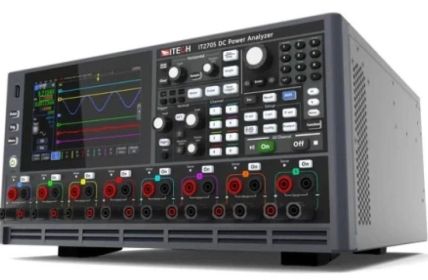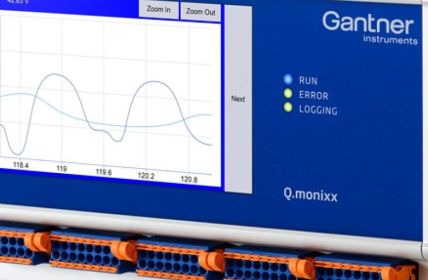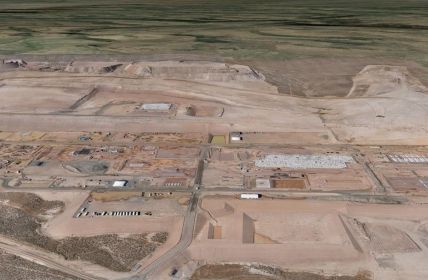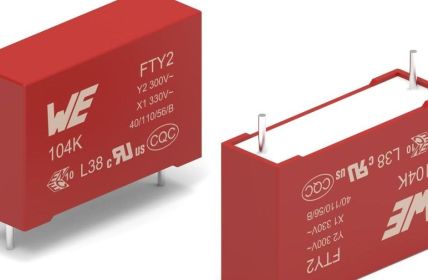The IoT is becoming more and more prevalent. This is true for the smart home, smart city and also in industry. This technology enables automated operations. Data is collected with various sensors and evaluated at a central location. Actuators are controlled from there, which then perform specific tasks. IoT devices already operate almost autonomously. However, there are currently still numerous different IoT protocols. These mean that it is not so easy to introduce uniform IoT infrastructures.
Table of Contents: What awaits you in this article
Security and energy consumption of IoT devices
When selecting the appropriate IoT protocols, data security as well as energy consumption of individual IoT devices play crucial roles. Since some IoT infrastructures are set up very extensively, consumption should be as low as possible. In the meantime, there are already initial results with components that generate their own energy through induction or kinetics, but these are still in the test phase.
When it comes to the security of communication, the main thing is that the individual devices within an infrastructure can communicate securely with each other. In addition, communication with gateways should be made possible. For this purpose, a large range is desired on the one hand. On the other hand, however, neighboring infrastructures should not be able to tap data or send it to their own infrastructure. For this reason, manufacturers are still facing major challenges.
Well-known IoT protocols are still popular
The best-known transmission protocols include Bluetooth and WLAN. Radio transmission via Bluetooth consumes very little energy. However, the range is severely limited. Therefore, this standard is mostly used only in the lower levels of IoT infrastructures. For the IoT, there is a special variant of this technology called BLE. The abbreviation stands for Bluetooth Low Energy. This standard consumes even less energy than conventional Bluetooth.
WLAN is familiar to almost everyone who uses the Internet at home. The transmission rates are very high, so it is possible to process larger amounts of data without any problems. In the IoT, WLAN plays an important role, especially for applications in smaller spaces.
IoT infrastructures via the mobile network<
Very often, IoT devices are connected via the mobile network. Both the 4-G network and the newer 5-G network are suitable for this purpose. The advantage is that there are no longer any spatial restrictions. Data can be exchanged over long distances. In addition, huge data volumes are possible. The disadvantage, however, is the high cost.
Advanced Message Queing Protocol or AMQP
Numerous IoT infrastructures are built using JP Morgan’s AMQP. This IoT protocol offers several advantages. It is therefore particularly suitable for all systems that use a cloud as a basis. Therefore, different transmission technologies can be combined with this protocol. In this way, IoT devices that work with slower and older transmission standards can be combined with modern devices. The way in which the data is sent to the cloud no longer plays a major role.
Since this modern technology can be used to analyze large volumes of data in real time, it was initially used mainly in the financial sector. In the meantime, however, various other industries are already using AMQP and setting up their IoT infrastructures with it.














